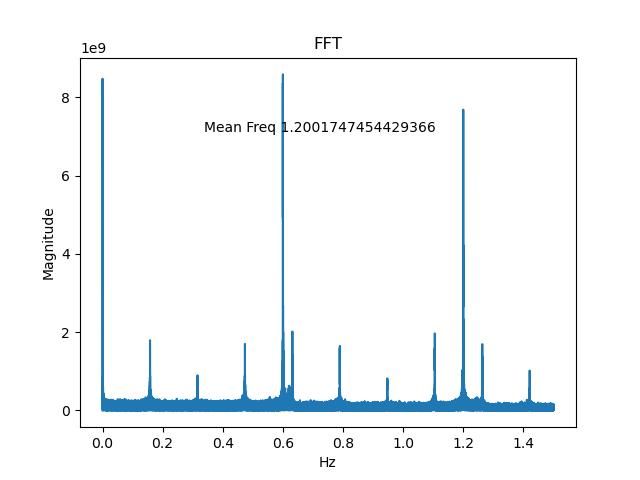Posted by John Haine on 04/03/2023 12:18:03:
Posted by S K on 02/03/2023 19:15:09:
Do you have any comments about the mechanical vs. your newer electromagnetic impulsing?
… The jury is out on my new impulsing method, there seems to be a lot of "microsecond level" noise in the measurements and I'm uncertain what is causing it, whether it's some spurious rod mode or possibly some play in the suspension. Currently trying to diagnose.
Me too. I lack a comparison because I've not built a mechanically impulsed clock, let alone a good one. However, I have a notion that an electromagnet can be tuned to apply a softer accelerating impulse than any mechanical method. My electromagnet is side-on and about 15mm from the bob when it fires. As can be seen from the graph, the resulting field is low at that distance, and it's strength rises gently into a knee at about 5mm after which the field strength rises rapidly as distance to the pole drops. The idea is that the bob accelerates gently up the slope, and never jolted because the electromagnet is switched off before the bob gets too close.
The field strength can be controlled by altering pulse width, which is how I'm doing it at the moment, and/or by controlling the shape of the pulse with a resistor/capacitor. A key advantage, as I see it, is the ability to control the impulse across a wide range of values and timings, so that it can be optimised without having to rebuild a precision mechanical system. Might even be possible to optimise the magnetic impulse on the fly.

Seems to work but it remains unproven! Cause for concern includes the microsecond level noise noted by John. I hope my noise is explained by the mechanical shortcomings of my suspension, but I may also have spurious rod modes, that is the pendulum rod being twanged even by tiny impulses.
For what it's worth, next graph is a Fast Fourier Transform of my clock's last log file. FFT extracts frequency information from a data stream, revealing what the frequencies are, and how strong:

Ideally, the FFT analysis of my pendulum, which has period of about 0.83s, should have only one frequency in the output, 1.2Hz. Oh dear, it doesn't: FFT identifies a significant amount of energy at 0.6Hz, and 9 spikes 0.159Hz apart. These indicate other sources of oscillation, such as the rod twanging, the suspension twisting or rocking, or the frame shaking.
Dave
John Haine.







